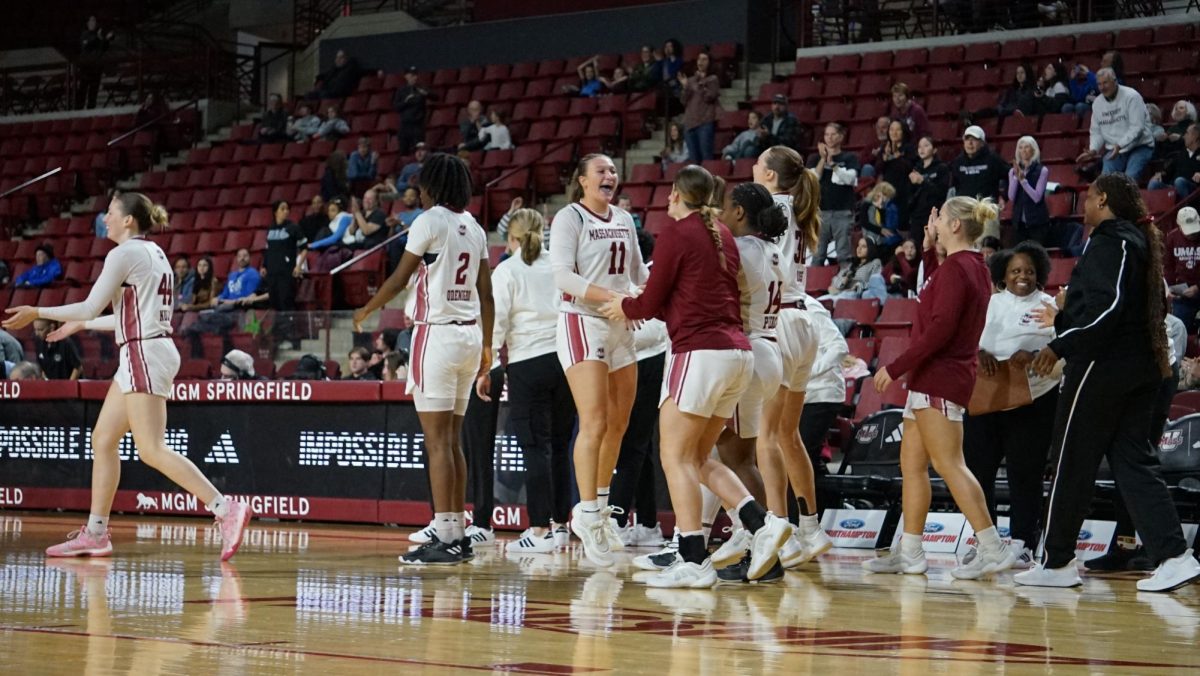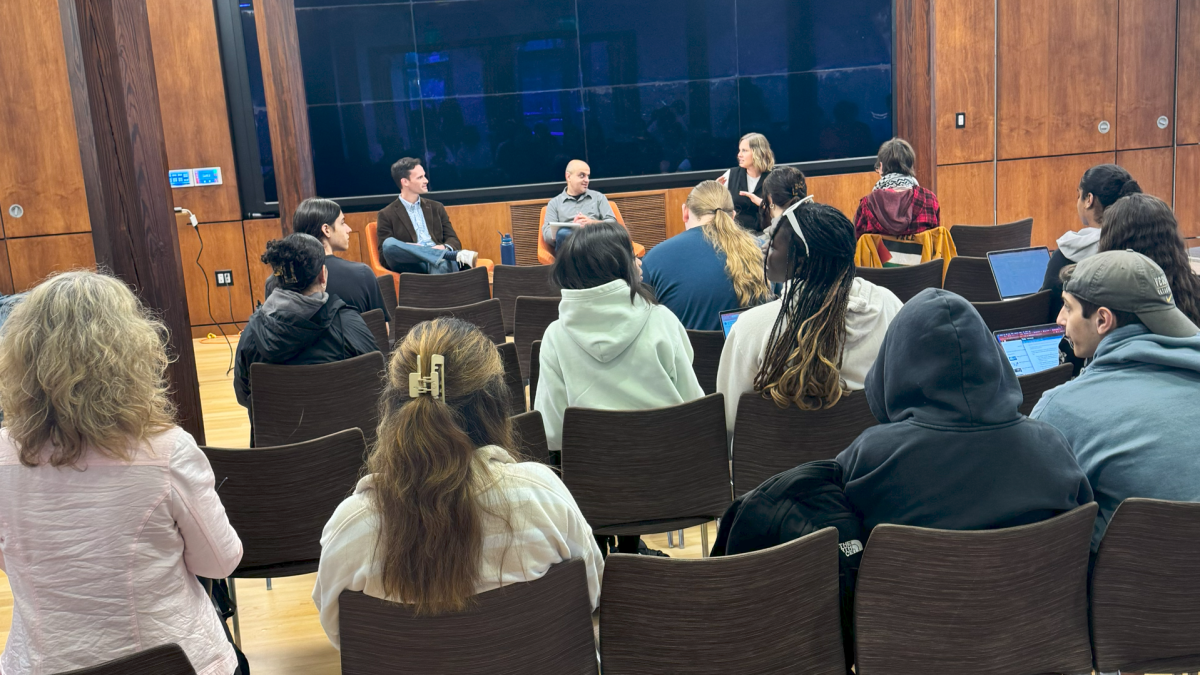Article and video by Maggie Freleng for Professor Steve Fox’s Multimedia Journalism class.
When strolling through the gentrified town of Amherst, MA it is hard to not notice the boutiques, restaurants, bars, ice cream shops, three colleges, UMass, Amherst, and Hampshire, (and did I mention Starbucks?) that make up the touristy town. It is hard to see past the dozens of cafes offering soy chai lattes, organically grown coffee, vegan pastries, and pricey vegetarian sandwiches to the other side of Amherst; the side that people do not associate with a prestigious, predominantly white, college and tourist town.
The other side, hidden side is 20 percent of people who are homeless, in the town of 35,564 people, and the 27 percent living below the poverty level, according to the 2007/8 census. In the whole state of Massachusetts, about seven million people, only 9.9 percent were below the poverty level and only 10.1 percent homeless. So who are these people that are so abundant? And if they are so prominent, why are they faceless to so many people?
“There’s a hidden Amherst that folks don’t see,” said Reverend Rob Hirschfeld of the Grace Episcopal Church in Amherst. “It might be obvious why people don’t see; these are your neighbors and they demand. There is a moral obligation to assist and do your best for them. Many of us, in American society, are trying to get to the front of the line. It’s a lot of elbowing.”
Reverend Hirschfeld sees many of these people on a daily basis. He provides mostly spiritual assistance but also supports the local survival center, the soup kitchen at the First Congregational Church, and other shelters in the area, frequently sending volunteers to help out.
“Mostly, I see mothers or grandmothers of kids whose mothers are really struggling with various forms of addiction,” said Reverend Hirschfeld.
The prevalence of domestic violence and sexual assault also leads to an increase in women leaving their homes and often winding up on the streets or in a shelter, he adds.
Reverend Hirschfeld also says that he doesn’t have a lot of fathers coming to him for assistance, even though he hears stories of fathers taking off and abandoning their families.
“It’s heartbreaking,” he reflects, stating that these are mostly the classic stories of homelessness.
Also adding to the problem in Amherst, “there are no more manufacturing jobs in the area, they are very few and far between, construction is down, and there are not as many plants or factories around as there used to be,” said Reverend Hirschfeld.
So when these people are finished receiving spiritual support from Reverend Hirschfeld where do they go? A lot of the time they go to the Amherst Survival Center.
According to Tracey Levy, Program Director at the survival center, they see about 150 people a day.
“The survival center is a community center,” said Levy. “It’s a place where people in the community can come to gather. They can have whatever relationship they want with the center. For some people it is not only a place to hang out with friends but also a place to do something meaningful in the world. For other people this is a place they can go to get a hot meal, fresh bread or produce, pick up Salvation Army vouches, help with food stamp applications, get help figuring out homeless resources, a food pantry, a free store, a place to shower and health clinic.”
“I think that both Amherst and Northampton hide their poverty well,” said Levy. “So there is not really an understanding of the issue.”
However, Levy works hard at the survival center to help fix this problem and provide an understanding community for these people who are often turned away by the rest of society.
“It [the survival center] doesn’t feel like a heavy place to be where you are just waiting around to get your needs met. It’s more of a place where you walk in and people say ‘hey how you doin’,’ because people come multiple times a week and it does have that community center feel.”
For people looking to help out and volunteer some of their time, the survival center is a great place to start.
“This is a place people can come and volunteer and make them feel there is a reason to wake up in the morning,” said Levy.
Along with the survival center there are other places in the area such as the First Congregational Church soup kitchen, Food Not Bombs, and Jessie’s House where people can go to help out and give to the many who don’t have.






